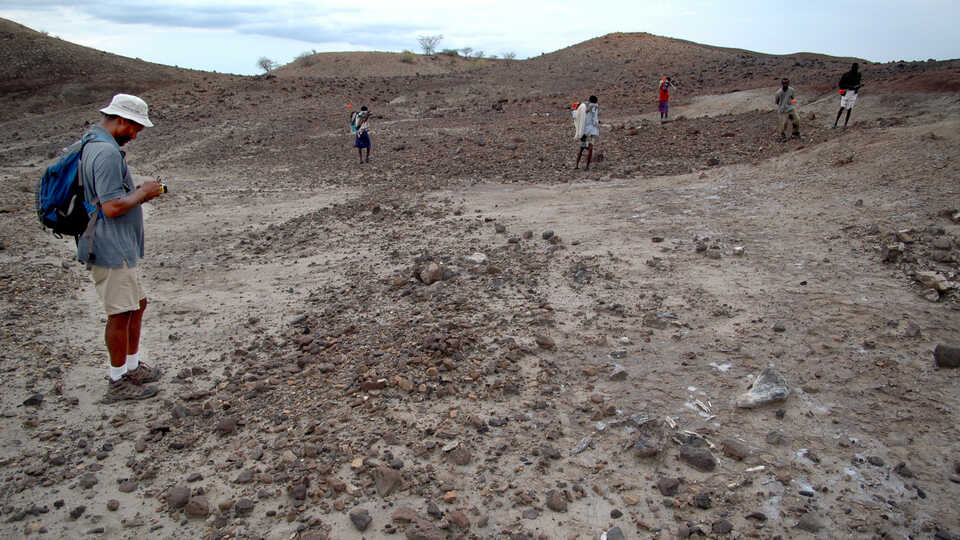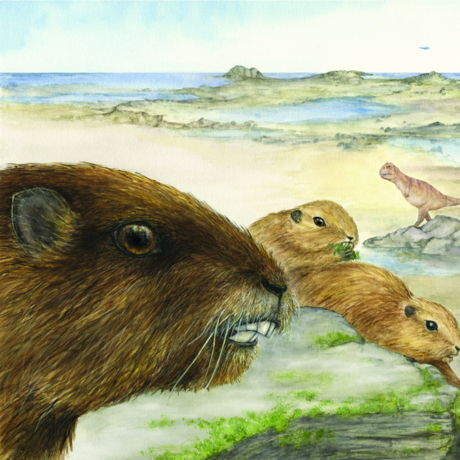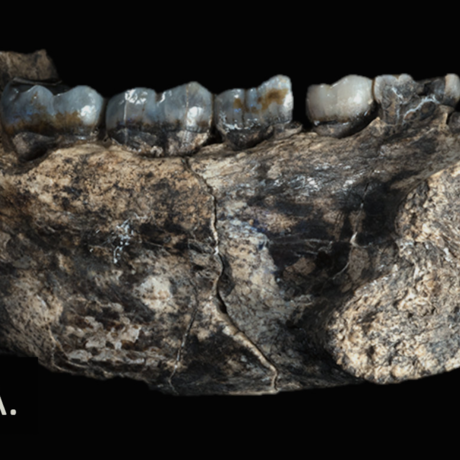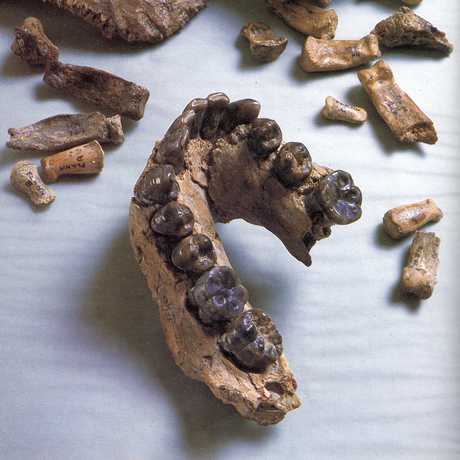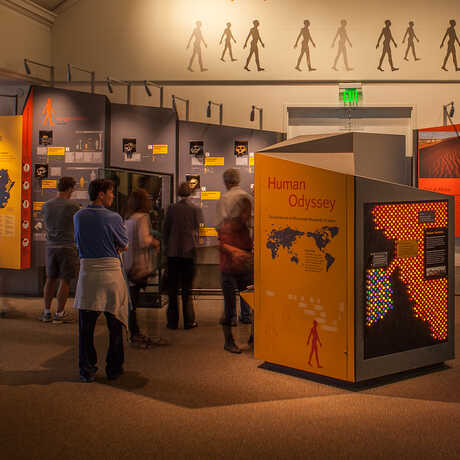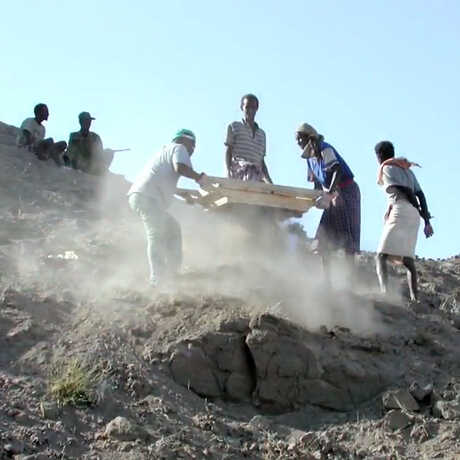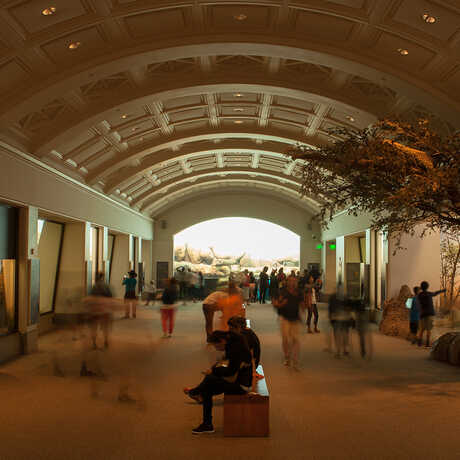Academy Research Associate
Department: Anthropology
Expeditions: 40
Current Expedition: Afar Depression, Ethiopia
Profile Videos:
The “Most Curious” Species
Dikika: Remote, Hostile, and Hot
Evolution of Diet
Our Role in Biodiversity
Related Websites:
Dikika Research Project
Related Content:
Human Tool Use, Science Today
What Makes Us Human?, PBS
Becoming Human, PBS
African Voices, CNN
The Search for Humanity's Roots, TED Talk
